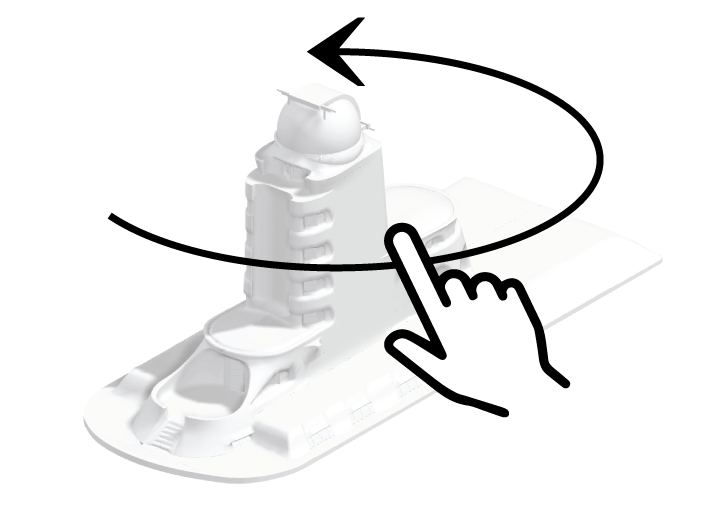In 1905 Albert Einstein’sAlbert Einstein (1879–1955) was one of the most important physicists in the history of science. He began developing the theory of relativity in 1905. In 1914 he joined the Prussian Academy of Sciences and in 1917 became director of the Kaiser Wilhelm Institute for Physics, which had been founded for him as a means to support his work. He won the Nobel Prize in 1921 (awarded in 1922). He spent periods teaching and conducting research in the USA. In 1932/33 he went to Princeton, never to return to Germany. He was clearly opposed to Nazi Germany and did not renew his ties with the country, even after 1945. He retired in 1946 and continued his work as professor emeritus at the Institute of Advanced Studies in Princeton. essay “On the Electrodynamics of Moving Bodies” formulated the special theory of relativity. He argued that lengths and durations of time are not absolute quantities but depend instead on the motion of the observer. Instead of “normal” three-dimensional space, the theory of relativity describes a four-dimensional space-time continuum. In this continuum, which is also known as Minkowski space, time and space are connected with one another. The idea that space and time are not absolute fundamentally controverts our ordinary perception. For us, spaces are fixed, immutable units. Time is a precise quantity in constant progression. Einstein not only challenged our perception but also called into question centuries-old beliefs in the field of physics.
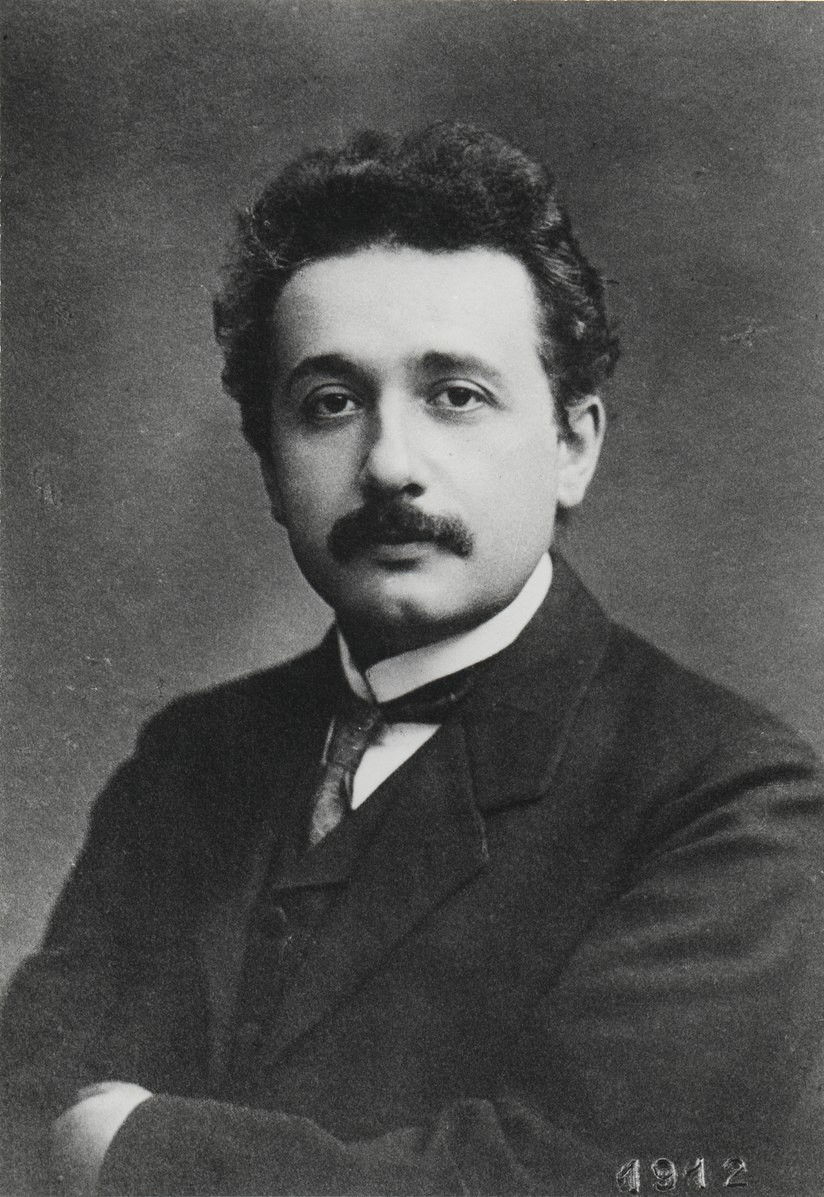
In 1911 Einstein went on to publish the essay “On the Influence of Gravity on the Propagation of Light”, which was one of the first steps in the development of the theory of general relativity. He established a new relationship between space and time that now included gravity.
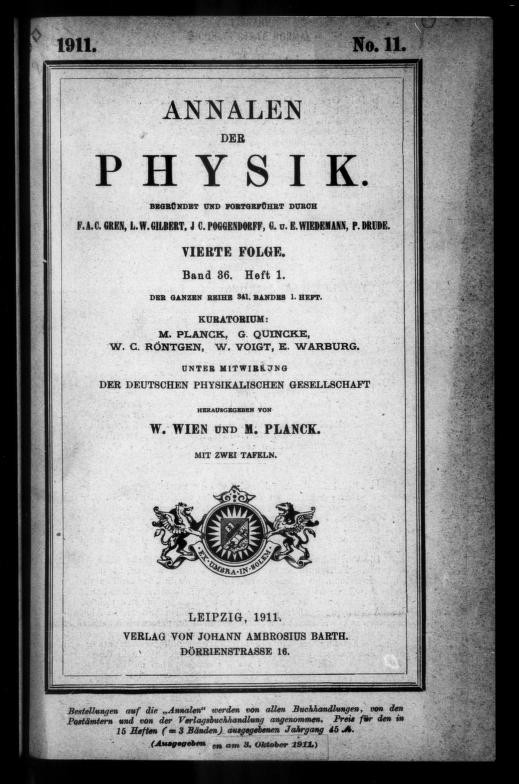
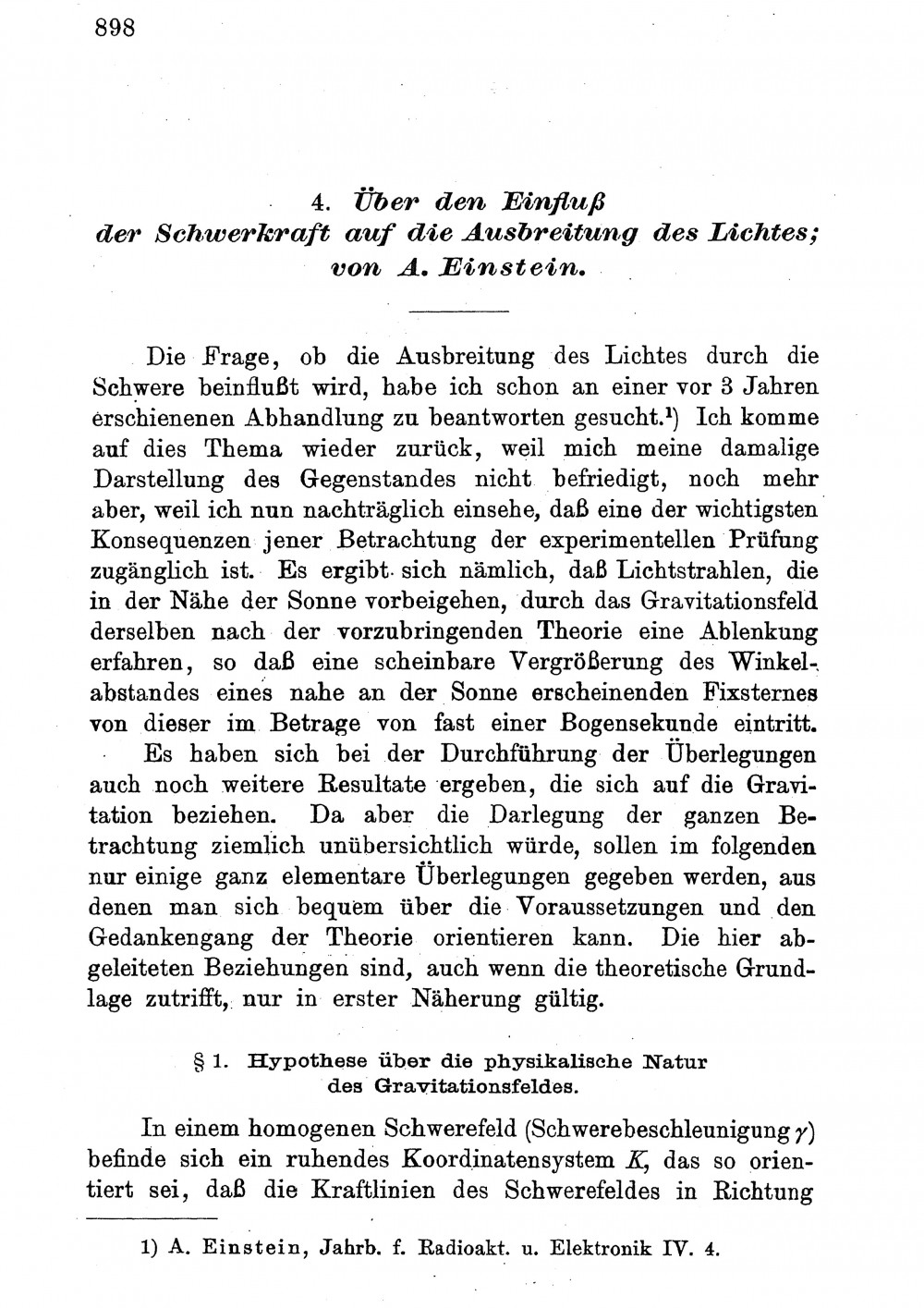
The general theory of relativity expanded on Isaac Newton’s gravitational theory. A simplistic example is a cloth held by several people with a lead ball on it. The ball makes an impression in the cloth. If you roll a wooden ball onto the same cloth, the wooden ball appears to be attracted by the lead ball, even though it is only following the impression in the cloth. In his theory of relativity, Einstein conjectured that everything, be it a planet, a star, or a light ray, moves on the curved and stretched surface of space-time – the cloth, in our highly simplified example.
The theory of relativity plays almost no part in our everyday experience unless you happen to be travelling at the speed of light or live close to some black holes. For in the presence of gravitational fields of large mass, like black holes, time can be stretched and elapses more slowly (time dilation). However, these effects also play a role in very precise measurements on Earth.
Einstein’s theory was not easy to prove. He put forward three assumptions that were to be used to empirically test the theory of relativity.
1. The perihelion rotation of the planet Mercury
Mercury is the planet closest to the mass of the Sun. Its orbit is not always the same each time it goes around the Sun but rotates slightly in space. This phenomenon, which has long been known, can only be precisely explained using the theory of relativity.
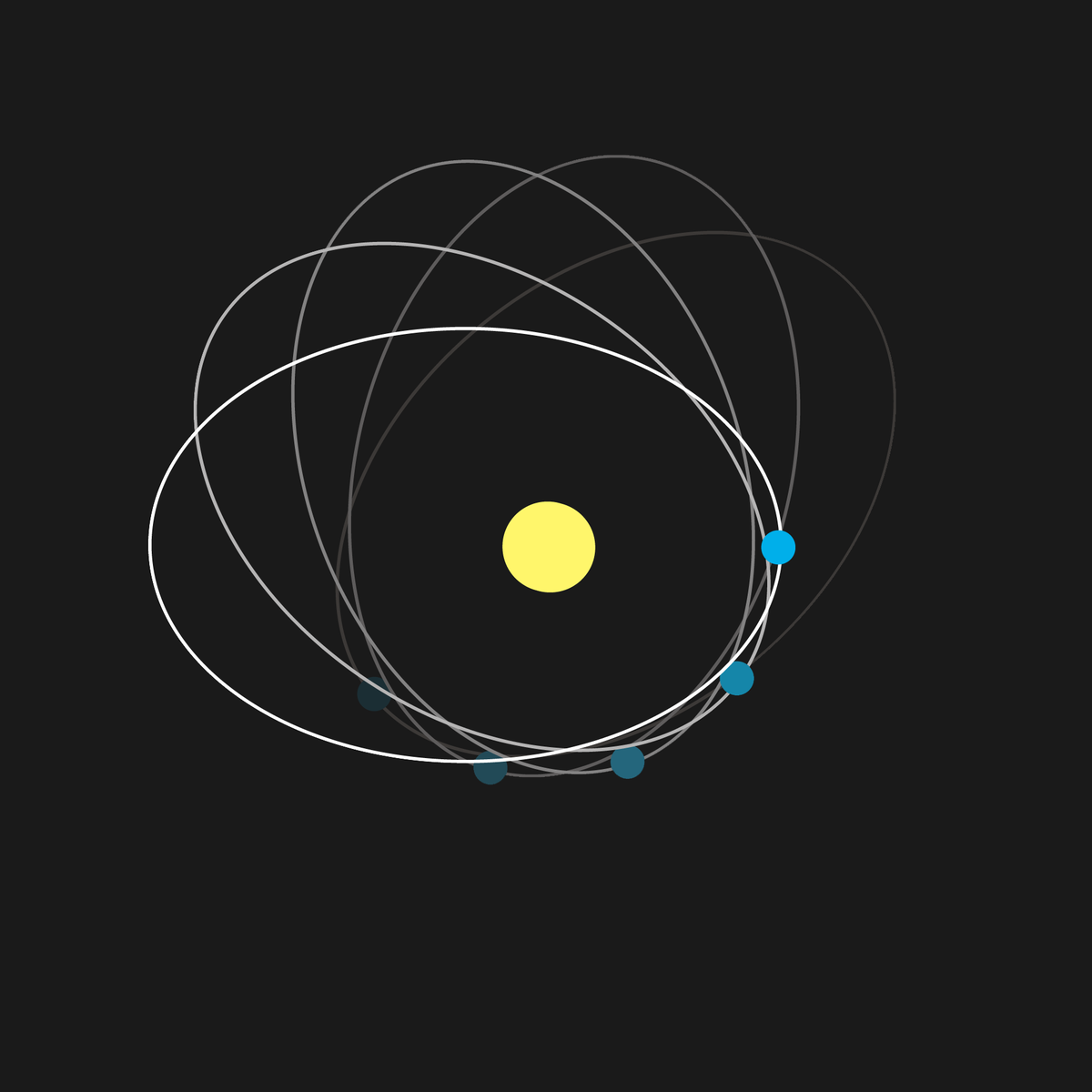
2. The deflection of light rays in gravitational fields
According to this assumption, the light from a star should be deflected by the mass of the Sun. This can be proved experimentally by determining the position of a star in the night sky and then measuring its position again during the day when the star is close to the Sun. This second measurement is only possible during a solar eclipse, because otherwise the rays of the Sun would interfere with those of the star. At the time Einstein postulated his theory, no one had yet carried out an experiment of this kind.
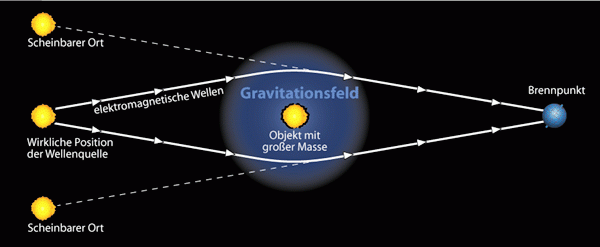
3. The red shift of sunlight
The theory of relativity assumes that a light ray loses energy in a gravitational field. Taking the Sun as an example, this means that its rays have to “struggle”, as it were, against the gravitational field of the Sun’s mass in order to “get away” from it and lose radiant energy in the process. This can be best checked by measuring the lower-energy red rays of the Sun, since, according to this assumption, the wavelength of the light becomes very slightly longer and thus redder (in temporal terms, this would be time dilation)
Proofs still needed to be adduced for the last two points. Karl SchwarzschildKarl Schwarzschild (1873–1916), astrophysicist, studied astronomy in Strasbourg and Munich, then worked at the Kuffner Observatory in Vienna. He habilitated in Munich and took up a professorship at the Göttingen Observatory, serving as its director from 1901 to 1909. In 1909 he was appointed director of the Astrophysical Observatory Potsdam (AOP). He was stricken by an autoimmune disease at the front in the First World War and died in 1916. Although he only lived to the age of 42, he played a significant role in laying the groundwork, both mathematically and empirically, for the theory of relativity., the then director of the Astrophysical Observatory PotsdamAstrophysical Observatory Potsdam (AOP): Founded in 1874 to conduct systematic research into the chemical composition and physical states of celestial bodies using the newly discovered method of spectral analysis. The main building on the Telegrafenberg hill in Potsdam was completed in 1879. After the Second World War, it was taken over by the German Academy of Sciences in Berlin and turned into the Central Institute for Astrophysics of the GDR in 1969. Predecessor of the Leibniz Institute for Astrophysics Potsdam (AIP)., was one of the few who had engaged empirically with the theory of relativity. He was the first to find a solution for Einstein’s field equations (to be precise: for the equation in the case of spherical symmetry, which describes the coupling between matter and space-time). This so-called Schwarzschild solution is still important today in research into black holes. Schwarzschild also wanted to prove the relativistic red shift of sunlight. During his experiments, however, he determined that he would need a telescope with a long focal length and a high-resolution spectrograph to verify this tiny shift: neither of these was available to him at the time.
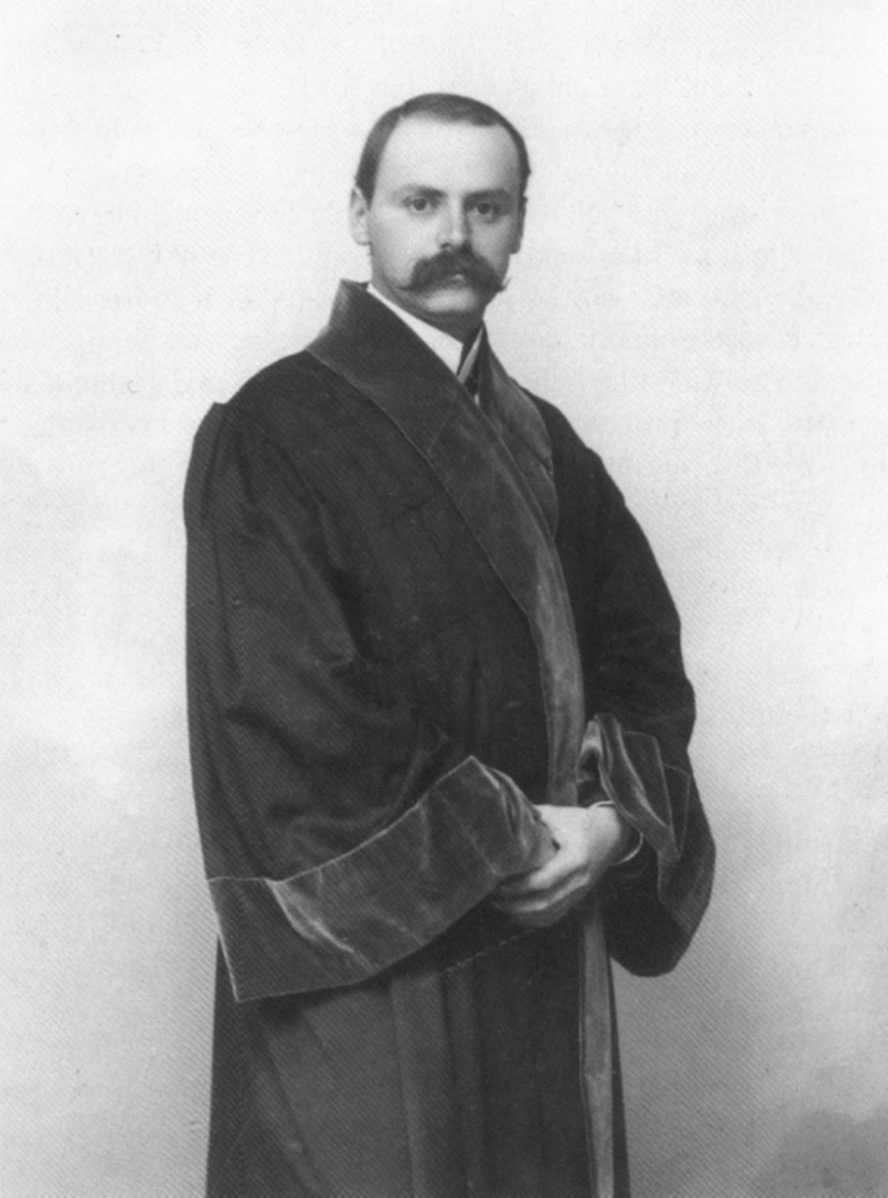
Einstein himself was at the university in Prague at the time. His colleagues there were not interested in helping him test his theory empirically, although Leo Wenzel PollakLeo Wenzel Pollak (1888–1964) was a geophysicist and meteorologist. He was an external lecturer at the Geophysical Institute of the German University in Prague, where Einstein was also a professor for a brief period. He habilitated in 1922, became a senior lecturer in 1927, and was made director of the institute in 1929. He used punch cards for meteorological calculations and can thus be regarded as a pioneer of big data. In 1939 he emigrated to Ireland and in 1947 became a professor at the School of Cosmic Physics at Dublin Institute of Advanced Studies. did, at least, send a circular letter asking other scientists to run experiments to test the theory of relativity. The only response to this letter came from Erwin Finlay FreundlichErwin Finlay Freundlich (1885–1964) was an astrophysicist. In 1910 he became an assistant at the Berlin Observatory. He joined Einstein’s Kaiser Wilhelm Institute for Physics in 1918, becoming its first member of staff. He drew up plans for the Einstein Tower, which was to be the most powerful solar observatory in Europe. He was made director of the Einstein Tower in 1920. He was expelled by the Nazis and became a professor of astronomy in Istanbul. He was offered a professorship at the German University in Prague in 1936 and fled to Holland in 1939. He then took up a post at the University of St Andrews in Scotland, where he established an astronomy department, together with an observatory. He became Napier Professor of Astronomy in 1951., who at the time was doing routine work at the observatory in Berlin (which had been established in Babelsberg in 1914; it is now part of the AIPLeibniz Institute for Astrophysics (AIP): Founded in 1992 as the successor of the Central Institute for Astrophysics and renamed Leibniz Institute for Astrophysics Potsdam in 2011. The AIP’s research areas cover solar and stellar physics with a focus on extragalactic astrophysics and solar and stellar physics, with emphasis on stellar and cosmic magnetic fields, star and galaxy formation, and cosmology. The AIP has a share in several telescopes on the Teide volcano in Tenerife and is a partner of the Large Binocular Telescope in Arizona. It has also developed astronomical instrumentation for large telescopes such as the Very Large Telescope of the European Southern Observatory (ESO).. He welcomed the request from Prague as it offered him an escape from the tedium and limitations of the position he then held.
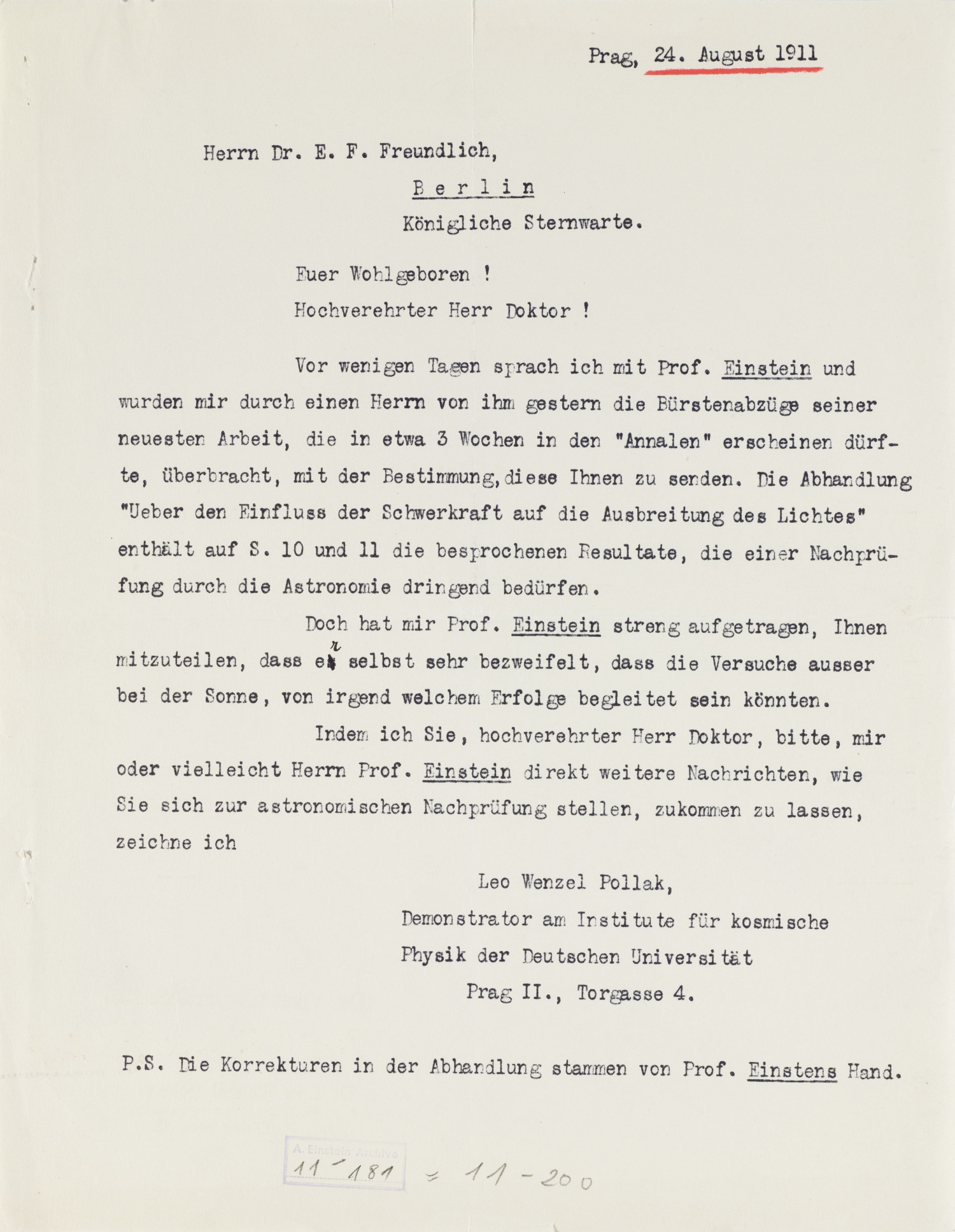
Freundlich began developing ways to empirically test the theory of relativity, even though his superiors were unimpressed. Here, Freundlich was able to build on Schwarzschild’s work. As a result, he knew that he needed a special, large telescope to verify the red shift. Freundlich had been personally acquainted with Einstein since 1911. In 1914 he led an expedition to the Crimea to take advantage of the solar eclipse that was taking place there, which would allow him to test the deflection of light. On his way there, he and his entire team were imprisoned when the First World War broke out. Freundlich abandoned the expedition and was allowed to travel back to Germany with his team.
Shortly thereafter, Freundlich, who played the cello, met Luise MaasLuise Mendelsohn, née Maas (1894–1980), studied cello in London, Leipzig, and Berlin. She met Erich Mendelsohn in 1910 and married him in 1915. Their daughter Marie Luise Esther was born in 1916. She abandoned her musical career and supported Erich when he started his own practice. Many of Erich’s jobs, including the commission for the Einstein Tower, can be traced back to the network Luise established. After the Mendelsohn family were forced out of Germany by the Nazis, Luise secured many new commissions for her husband. After Erich’s death, she organised his estate., herself a cellist. This meeting with Erich Mendelsohn'sErich Mendelsohn (1887–1953) studied architecture at the Charlottenburg (Berlin) and Munich universities of applied sciences. He married Luise Maas in 1915. After returning from the First World War, he founded his own practice in Berlin – it became the best-known and most successful architecture office in Germany. In 1933 he emigrated to England, before moving to Jerusalem in 1939 and then to the USA in 1941. He built important works in all these countries. fiancée was to be of crucial importance for the creation of the Einstein Tower.



